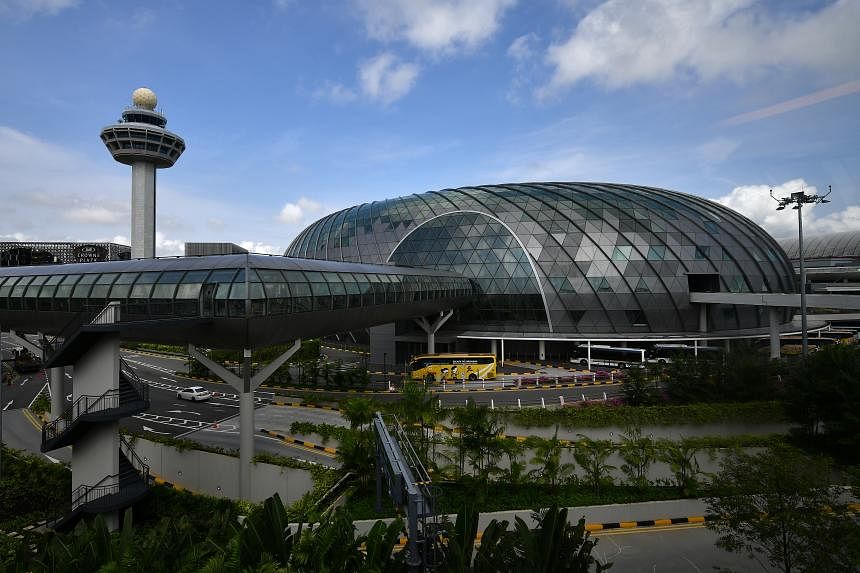SINGAPORE – The Republic’s air hub will get a new leader for the first time in 15 years after airport operator Changi Airport Group (CAG) announced on April 9 that its long-serving chief executive, Mr Lee Seow Hiang, will step down in less than three months.
Mr Yam Kum Weng, CAG’s executive vice-president for airport development, will succeed him from July.
With the addition of a lifestyle and entertainment complex, and some of its terminals undergoing facelifts over the years, the present-day air hub is more modern and advanced than the one Mr Lee presided over in 2009, when he was named CAG’s chief executive.
The Straits Times looks at the airport’s major milestones over the past 15 years and plans for the future:
1. 2009: Corporatisation of Changi Airport
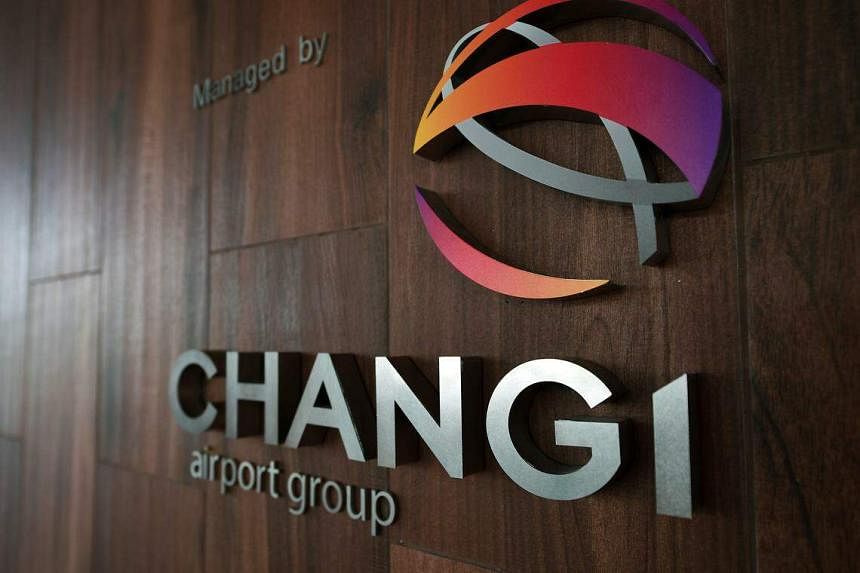
To strengthen Changi Airport’s status as an international air hub while ensuring its growth, the Government corporatised the airport.
CAG was thus formed in 2009 to take on key functions focusing on airport operations and management, air hub development and commercial activities.
At the same time, the Civil Aviation Authority of Singapore (CAAS) was restructured to handle strategic and regulatory functions, such as air traffic services and the licensing of airlines, aircraft and pilots. Mr Lee, then deputy director-general of operations at CAAS, was named CAG’s founding chief executive.
2. 2017: Launch of T4
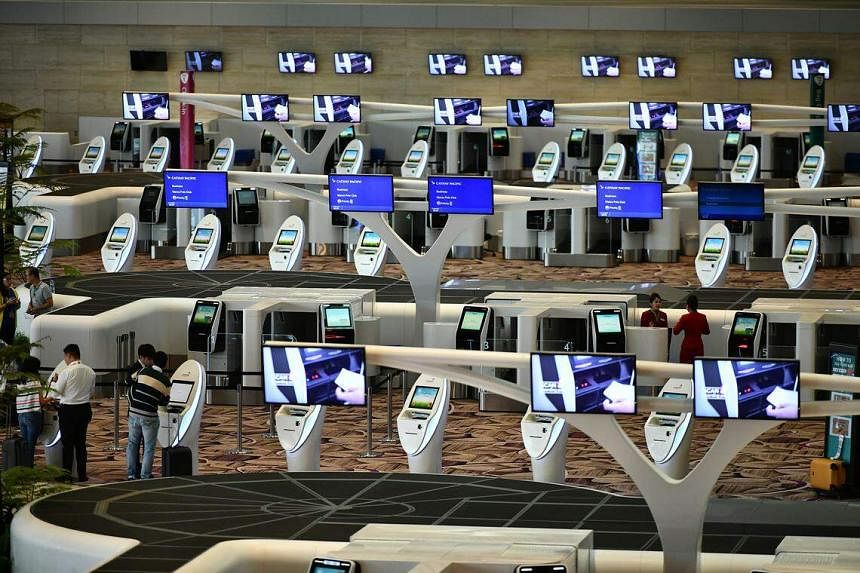
The fourth terminal at Changi Airport, which opened in 2017, can handle up to 16 million passengers a year, bringing Changi Airport’s total annual handling capacity at the time to 82 million passengers.
Terminal 4, which sits on the site of the former Budget Terminal, was also the first terminal to use a facial recognition system to capture a passenger’s photo at different stations, centralised security screening, as well as start-to-end self-service options for check-in and other processes.
3. 2019: Opening of Jewel Changi Airport

With a total floor area of 135,700 sq m, the equivalent of 19 football fields, the $1.7 billion 10-storey Jewel complex includes a 40m-tall indoor waterfall and a five-storey garden with 2,500 trees and 100,000 shrubs, as well as more than 280 shops and eateries.
Jewel, which is linked to Terminals 1, 2 and 3, received about 300,000 visitors daily before the pandemic, and was last reported to have recorded a footfall of nearly 345,000 people on Christmas Day in 2022.
4. 2015 to 2023: Upgrade and expansion of Terminals 1 and 2
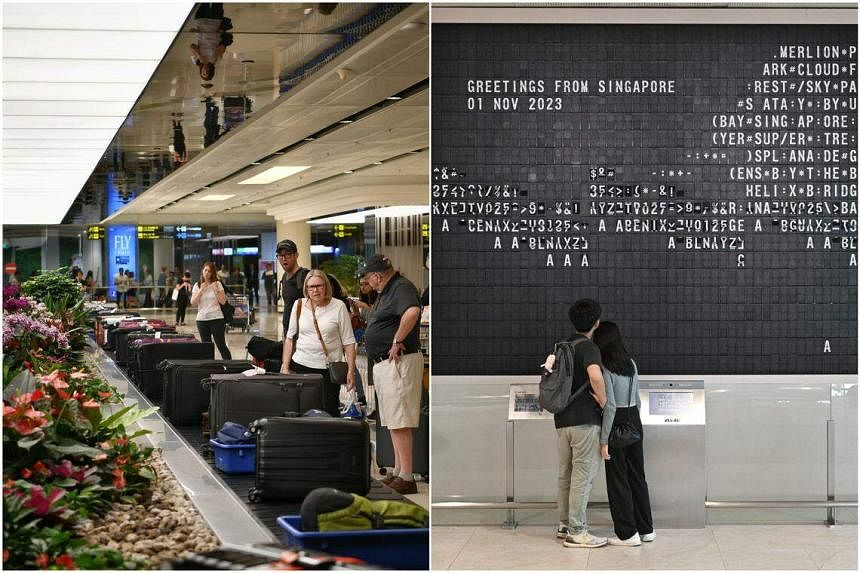
The $323 million upgrade and expansion of Terminal 1 began in 2015. More self-service check-in kiosks as well as bag-drop machines were introduced, and the terminal’s baggage-handling system became fully automated when the work was completed in 2019.
Terminal 2 gained more than 21,000 sq m of space after it reopened fully in November 2023 following engineering and expansion works.
Highlights from the revamp include a digital waterfall display that stands 14m high and 17m wide, as well as an immersive indoor garden.
The upgraded Terminal 2 is the first among the four terminals at Changi Airport to have automated special assistance lanes at its arrival and departure immigration halls – allowing automated immigration clearance for wheelchair users and families with children.
After the revamp of both terminals, Changi Airport’s overall yearly capacity climbed to 90 million passengers.
5. Mid-2030s: Future Terminal 5 and Changi East
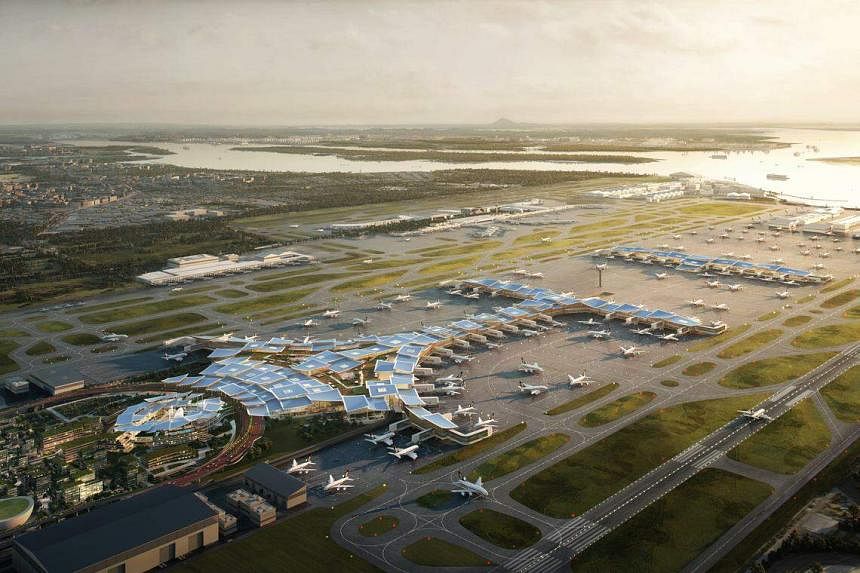
Located within the new 1,080ha Changi East development – three times the size of Marina Bay – the upcoming Terminal 5 will serve 50 million passengers a year, which is more than the combined handling capacity of Terminals 1 and 3.
As Changi Airport’s largest expansion project to date, the Changi East development will include the Changi East Urban District, a business and lifestyle hub next to the terminal.
When completed in the mid-2030s, Terminal 5 will feature contactless passenger touchpoints and can be split and operated as smaller sub-terminals when needed, such as during a pandemic. Construction is set to start in 2025.
